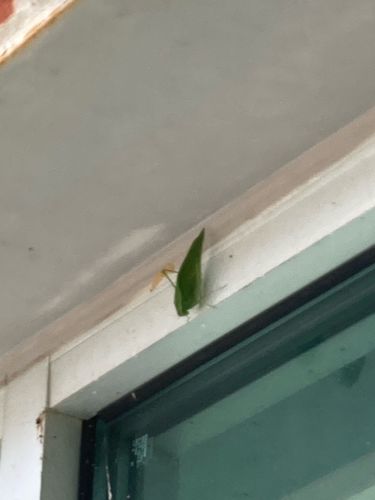Praying Mantis
Scientific Name: Various species within Mantodea, e.g., Mantis religiosa (European Mantis)
Order & Family: Order: Mantodea, Family: Mantidae (or various other families within Mantodea depending on species)
Size: Most species range from 2 cm to 15 cm (0.8 to 6 inches) in length, with some tropical species being larger.

Natural Habitat
Typically found in habitats with dense vegetation, including gardens, meadows, forests, grasslands, and shrublands. They prefer warm and temperate climates.
Diet & Feeding
Strictly carnivorous, feeding on a wide variety of insects such as flies, moths, butterflies, crickets, grasshoppers, and sometimes even small vertebrates like lizards, frogs, or hummingbirds if they can overpower them. They are ambush predators.
Behavior Patterns
They are typically slow-moving and rely heavily on their camouflage. They are masters of disguise, often mimicking leaves, twigs, or bark to avoid predators. Praying mantises are predatory and will patiently wait for prey to come within striking distance before ambushing them with their powerful forelegs. Females are known to sometimes cannibalize the male after mating.
Risks & Benefits
Benefits: Praying mantises are excellent biological pest control agents, as they prey on many garden pests. Risks: Generally harmless to humans; they may deliver a harmless pinch if they feel threatened, but they are not venomous.
Identified on: 8/21/2025